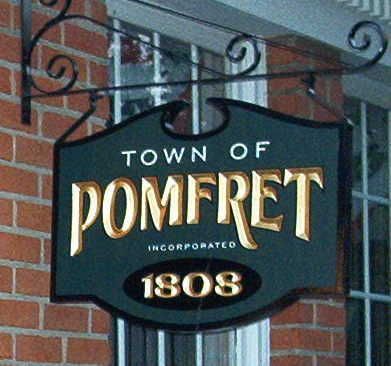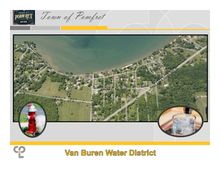Online Water Payments
Water Online payments is turned off due to end of the year relevy. If you have a balance due - You have until the 14th of November to get them into the Town of Pomfrets Clerks office. After said date you're balance will be added to your 2026 County/ Town Taxes if not paid in full.
Call the Clerks office with any questions / Concerns. 716-672-7496
Call the Clerks office with any questions / Concerns. 716-672-7496

